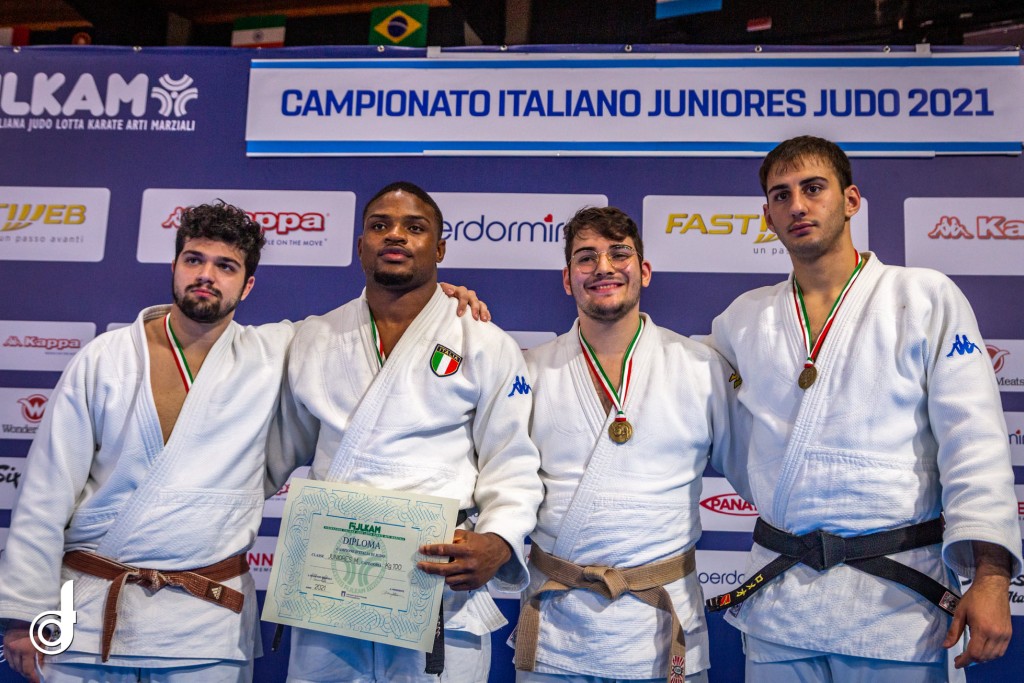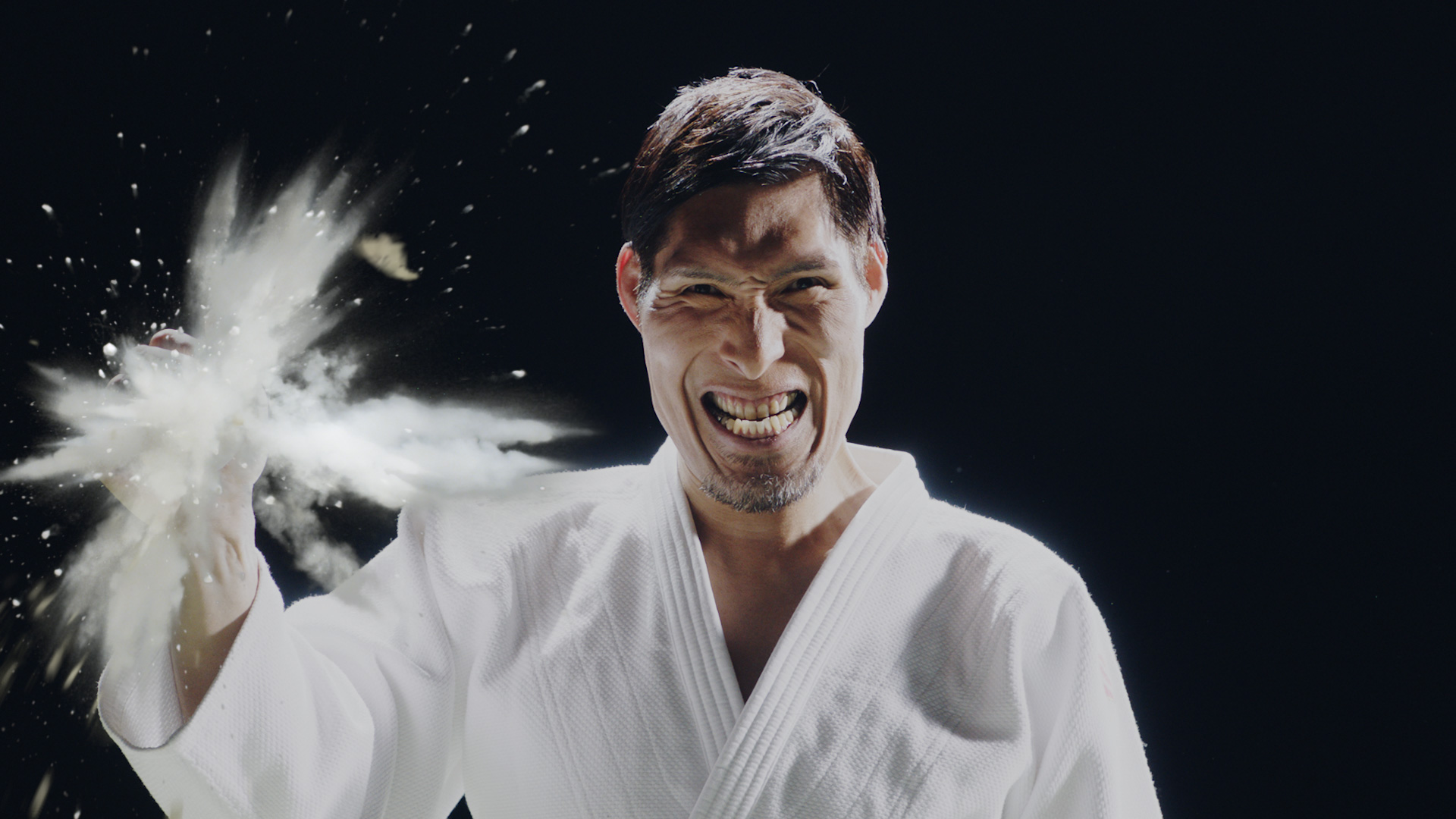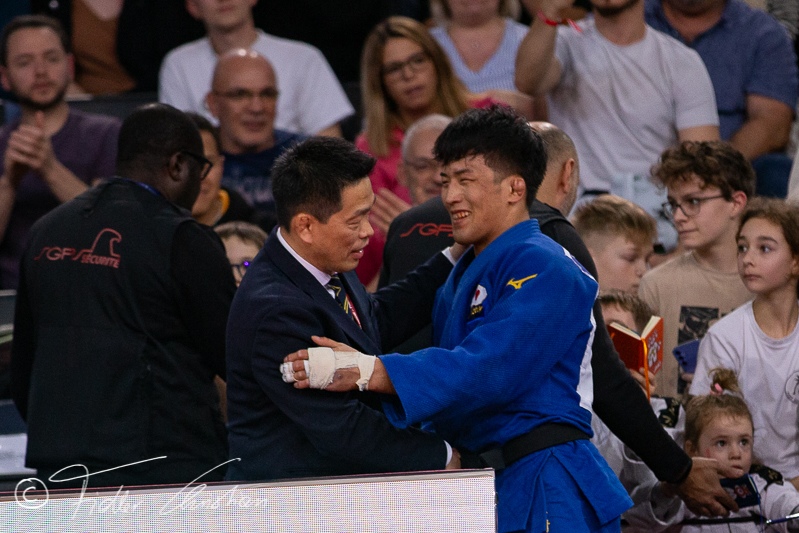Near-Death for the One-Handed Sode

 8 Oct 2024 17:35
8 Oct 2024 17:35
 by JudoCrazy and JudoInside
by JudoCrazy and JudoInside
 IJF Emanuele Di Feliciantonio / International Judo Federation
IJF Emanuele Di Feliciantonio / International Judo Federation
In 2010, the IJF began introducing new rules that included the banning of leg grabs. At first it was a partial ban that permitted leg grabs when done as a combination attack. But one-handed sode, even when done as a two-step movement, the way Smadga and Arencibia did it, was not considered a combination. And with that, the new IJF rules effectively killed the one-handed sode.
While judo players are extremely innovative when it comes to circumventing the rules – the leg-grab ban did not stop players from learning how to do kata-guruma without having to grab the legs – the one-handed sode seemed impossible to do without a leg grab.
Some players tried clever workarounds like dropping onto the mat and doing a forward roll instead of doing the throw as a standing technique. When done this way, it didn’t involve grabbing the trouser leg but it was not very effective and did not catch on.
As time went by the ban on leg grabs become stricter and stricter, to the point where it was completely banned in all circumstances, and the one-handed sode all but disappeared from the judo scene. However, in recent years, we have seen a clear revival of the one-handed sode as a competition technique.
Let’s zoom into five more specialists of Sode who contributed to the shape of the throw.
Soichi Hashimoto: Koga’s Disciple
The chief exponent of this is Japan’s Soichi Hashimoto. Although he also does morote-seoi-nage, ippon-seoi-nage and tai-otoshi, without doubt his favorite technique is the one-handed sode. His approach is a lot closer to Koga’s version although he obviously doesn’t use his free hand to guide uke’s leg over (that would result in a penalty). He doesn’t head dive either.
Ronda Rousey: The Cross-Gripper
Ronda Rousey is well-known for her exploits in MMA and WWE but before all that, she was a top-notch judoka, with a World silver and Olympic bronze medal in her collection. One of her specialities is the one-handed sode. The way she executed the technique was the leg-grab, somersault approach but her set-up for the throw was a bit unique. She would usually start with a cross-grip but would release her left hand once she starts the technique. Her finishing was also very head-divey.
Yordanis Arencibia: The Cuban Specialist
One of the best proponents of the one-handed sode was Yordanis Arencibia of Cuba who, like Smadga, used it as his main technique. Unlike Smadga, he tended to head dive but back then, players could get away with that. Arencibia used this technique to great effect throughout his career, which spanned slightly more than a decade from early 1998 to early 2009.
Khubetsov: Russian Sode Specialist
Alan Khubetsov of Russia loves to do sode. The one-handed sode is just one of the many variations he does. When he first experimented with the one-handed version, his approach was closer to the two-step movement pioneered by Smadga. Indeed, he did get penalized before for grabbing the leg when trying this this technique. Later on, Khubetsov developed a one-step continuous motion – not quite as smooth as Hashimoto but his version does not involve a somersault.
Taiki Nakamura: Hashimoto’s Successor?
Not many Japanese players today do the one-handed sode but in the recent 2024 Abu Dhabi World Championships, one of the best throws of the tournament was a one-handed sode done by a Japanese player: newcomer Taiki Nakamura in the -60kg division.
If you analyse his throw, you’ll see that his finishing almost looks like his head will hit the mat but in the very last moment, he turns and avoids even grazing the mat. It was no head dive though it looked like it was going to be done. It’s an expert move to avoid a hansoku-make penalty. This prompted IJF live commentator Neil Adams to declare: “If you want to know what to do with the head, to stop it going down forth, it’s to do that.”
Watch the video with the one-handed sode experts
 like
like
 share
share

| Result | City | Date |
|---|---|---|
| 2 | Paris | 30 Jul |
| 1 | Abu Dhabi | 21 May |
| 1 | Zagreb | 26 Apr |
| 3 | Belgrade | 2023 |
| 2 | Montpellier | 2023 |










.jpg)







































